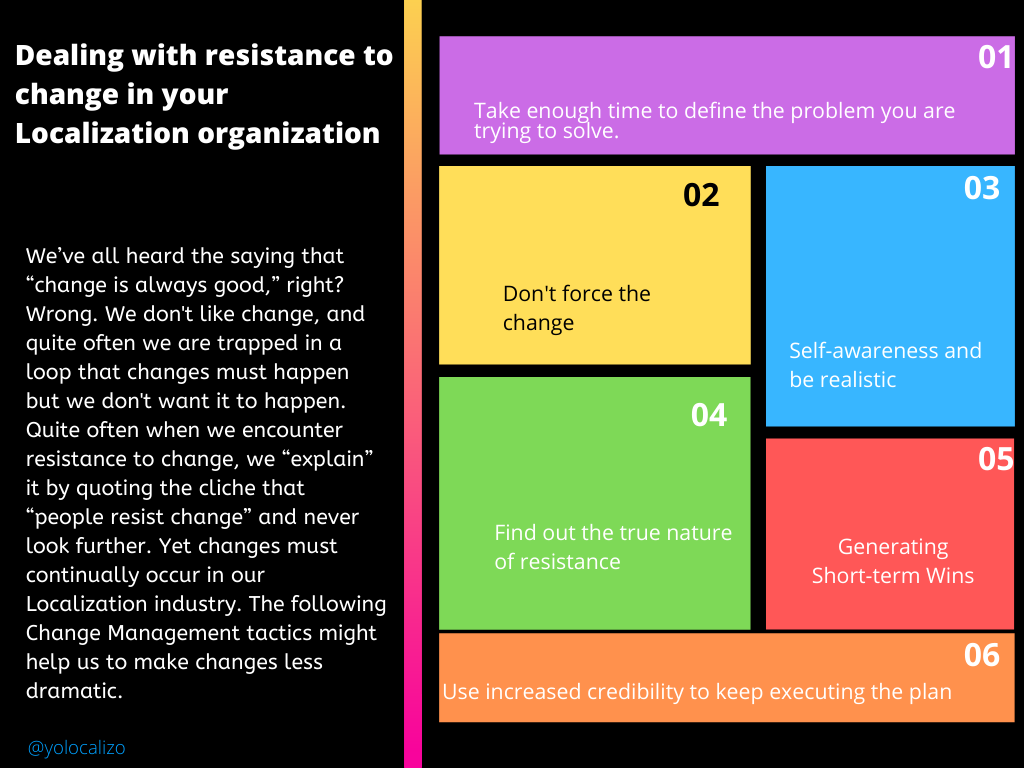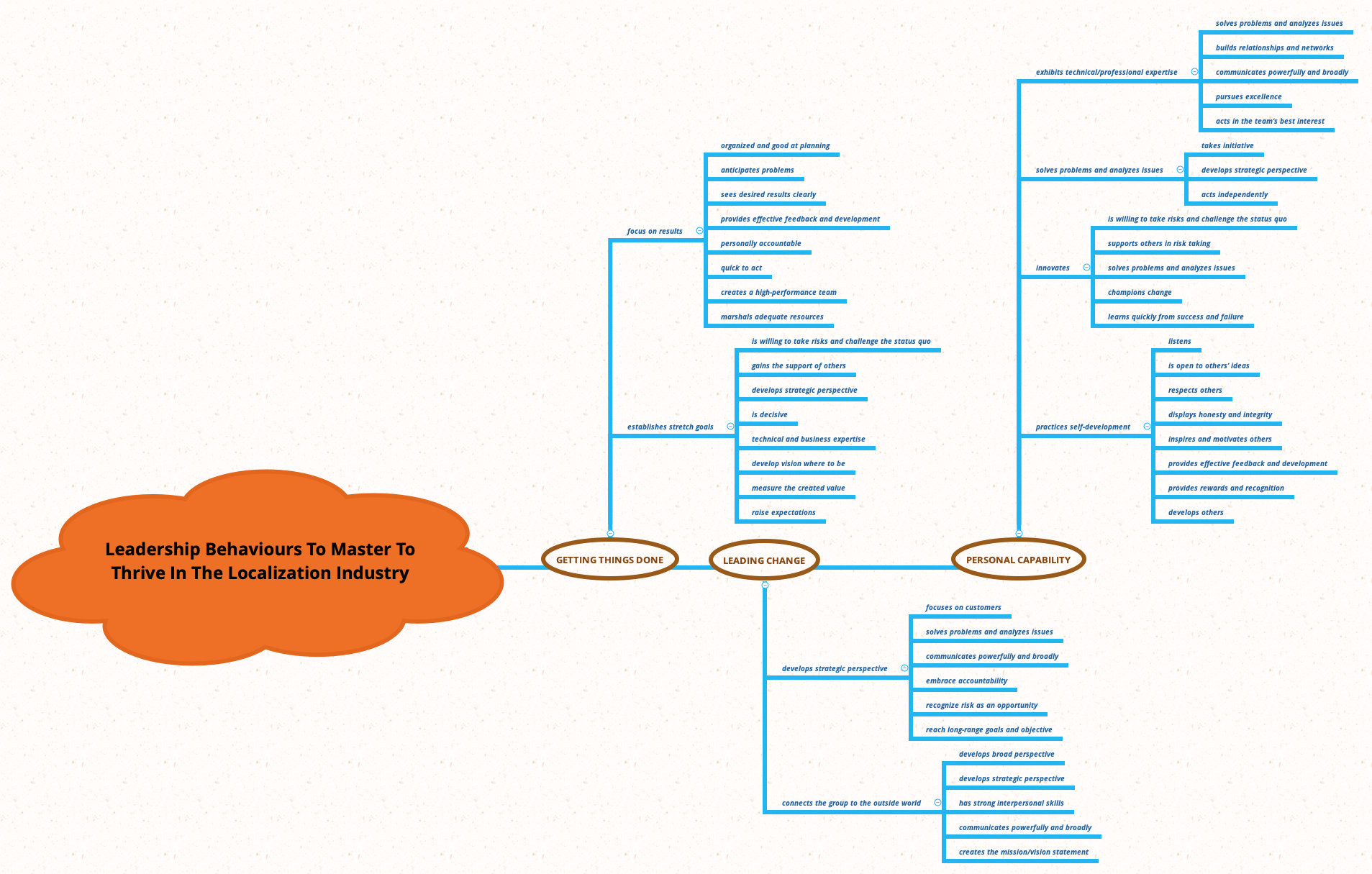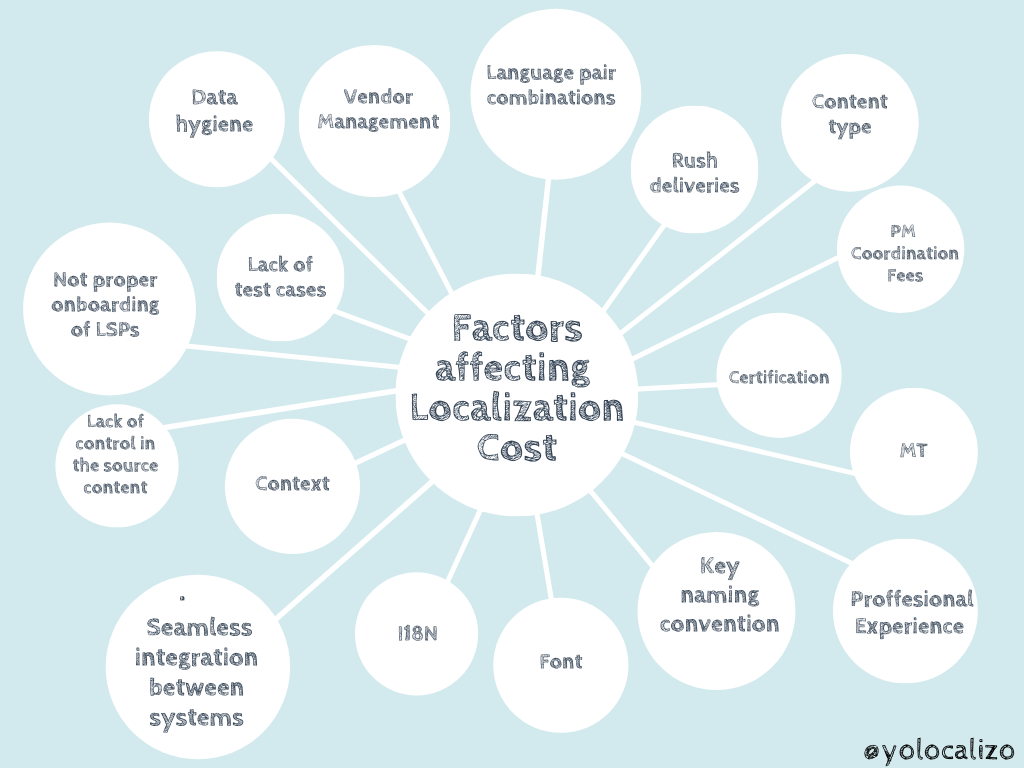What does a Head of Localization do all day? The 3Ps to explain a typical day at work
Have you ever wondered how someone fills their time when they work in a Localization team but don't translate anything?
Or don't send localization orders to LSPs?
If explaining what a Globalization professional in the localization industry does is usually complicated (unless you want to oversimplify and say, "we translate documents"), explaining what a Head of Localization does becomes practically mission impossible for the other person to really understand what a Localization Team Manager does.
People may usually have a vague idea that probably has to do with meetings and budgets and (boring) spreadsheets, right?
But the truth is that the tasks of a Localization team leader are pretty varied. And to make it clear, the model that has worked best for me to make people understand what I do in this role is based on the 3 Ps model.
People, Process, and Presentations.
Let's look at this 3P model in a little more detail.
People
People come first, right? This is sometimes a cliché and a hackneyed phrase, but I have had the good fortune to work in companies that take care of their employees, and where taking care of your team is something that is given great importance.
In my current company, this is done through surveys where different aspects are evaluated: the leadership team, the relationships between colleagues, the team building events (virtual these days) in which we seek to strengthen the team feeling….
The first P of the work that a Head of Localization does is focus on his team. It's all about taking care of your team, inter-team relationships, organize 1:1s, discuss their goals, clear the path, give feedback, coach direct reports, recruit people ... it's all about people! That's why a big part of my day-to-day job as a Head of ... is to be there to help the team.
If you follow the series New Amsterdam (Netflix and Amazon Prime) that narrates the adventures of Max, a new medical director that breaks the rules to heal the system at America's oldest public hospital, you will see that in that TV show, Max is continually asking his team, How can I help?
So every Friday night when I watched a new episode, I say to myself, Max Goodwin (Ryan Eggold) is an excellent example of the mindset and what to do in the P of People ...
Process
This P is all about how your team is working.
The language strategy, the localization KPIs ecosystem, the QBRs, the Localization Quality Framework, the style guides, the Machine Translation initiatives, the Culturalization audits, the Internationalization Best practices, the English source control, the Term Mining strategy... Many processes affect the process of Globalization of a multi-market product.
For this reason, in the day-to-day, you also have to invest time in thinking about all these areas that have to do with strategy and processes.
Presentations
I know this is not something that many people are passionate about doing.
Still, the truth is that making Presentations that explain what the Localization team does is sometimes thankless work, but necessary.
This P refers to everything that has to do with defining the team's purpose, the mission, the vision, telling the team's story, the problem we solve, the elevator pitch, the annual objectives (OKRs).
All this work is really important and necessary, that's why many hours of a Head of Localization are spent in this area (or at least for me!).
This P is about presenting the team, presenting the services, raising globalization/localization in the company so that it is clear that it is as essential as other product development processes; not an afterthought.
In summary
As a localization professional, people often ask what a localization manager usually does and are often surprised that we don't translate but take care of other areas. It is a cross-functional role. When you have the time to build a robust localization ecosystem with the right people, processes, and presentations, we can add real value to a company.
I hope you found this post interesting and helped you understand the tasks someone who manages a Localization team executes.
Have a great week!
Miguel















This post explores the key differences between working on the buyer versus the provider side of the localization industry. While there are some tasks common to both, others vary significantly in areas such as people management, operations, strategy, and metrics. The article breaks these tasks into four categories, providing examples for each to highlight these distinctions